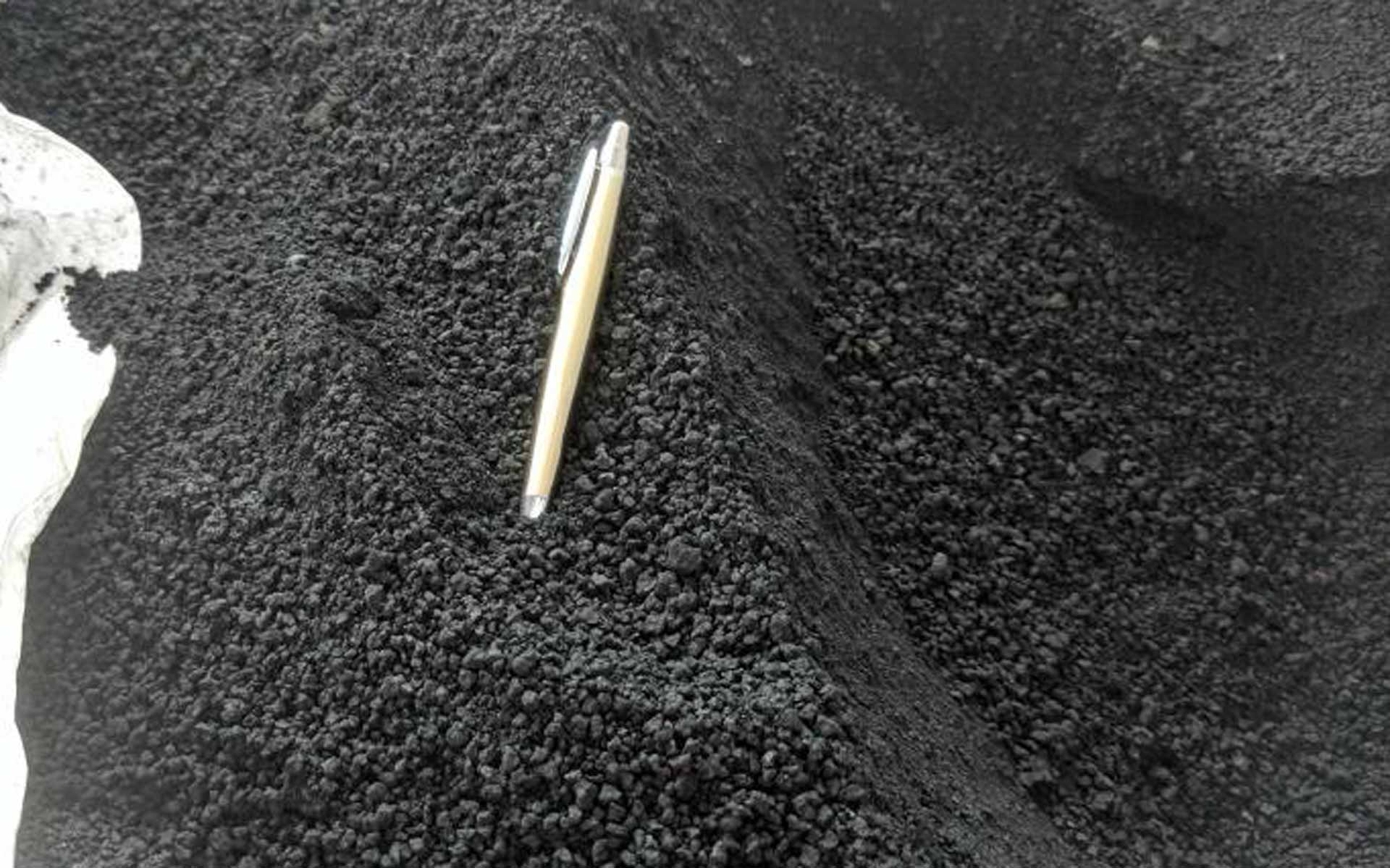Summary
The Hazer Commercial Demonstration Plant will demonstrate Hazer’s proprietary hydrogen production technology, which converts biogas from sewage treatment into hydrogen and graphite.
Need
The Hazer Process is a novel method to produce low emissions hydrogen from a renewable form of methane.
The process utilises methane as a feedstock to produce hydrogen – without producing CO2 in the reaction process – instead capturing the carbon in the feedstock as solid graphite.
Using biogas as a feedstock for the Hazer process may result in significant carbon abatement. The technology originated from the University of Western Australia and has successfully undergone pilot testing. The Commercial Demonstration Plant will be the first scaled-up, functional and fully integrated deployment of the Hazer Process.
Learn more
Action
The Commercial Demonstration Plant represents the next step in the commercialisation of the Hazer technology. It will have a hydrogen production capacity of 100 tonnes per annum. The hydrogen will be fuel cell grade, suitable for being used as a low emissions transport fuel.
The facility will be located at Water Corporation’s Woodman Point wastewater treatment plant. It will utilise biogas from the treatment plant as a feedstock.
The project covers the construction and three-years of operation.
Outcome
The project will demonstrate:
- a sound understanding of operational and maintenance aspects of the Hazer Process to optimise the design of future commercial plants
- the potential for hydrogen to be used as a high-value, low emissions transport fuel for a future transport demonstration project
- the potential to add further value to biogas resources through the production of higher value products
The project will also be used as a reference site to promote the uptake of the technology to customers in Australia and internationally.
Additional impact
The project will raise awareness of renewable hydrogen production from a waste by-product originating from municipal wastewater treatment, whilst creating a carbon abatement. It will also enhance the awareness of the potential of using renewable hydrogen as a low emissions transport fuel.






